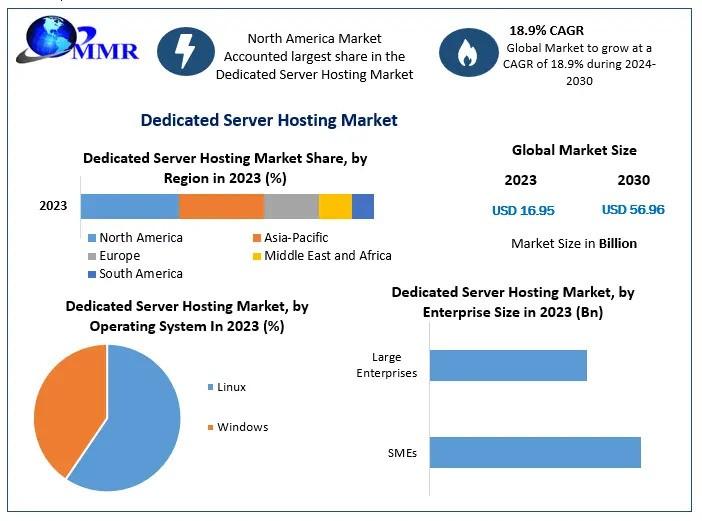
Table of Contents
- Introduction
- Key Takeaway
- Facts about Terraria Server on Raspberry Pi
- Setting Up Terraria Server on Raspberry Pi
- Optimizing Performance
- Common Troubleshooting
- Frequently Asked Questions
Introduction
Terraria is an incredibly popular sandbox game that allows players to explore, mine, build, and fight in a pixelated world. What makes Terraria even more exciting is multiplayer functionality, enabling players to join forces on public or private servers. If you’re a fan of both Terraria and Raspberry Pi, this guide will show you how to set up a Terraria server on a Raspberry Pi device.
Key Takeaway
Raspberry Pi can be an excellent choice to run a Terraria server, offering a compact and energy-efficient solution. With proper setup, you can enjoy playing with your friends locally or online.
Facts about Terraria Server on Raspberry Pi
Before diving into the setup process, let’s explore some essential facts about running a Terraria server on Raspberry Pi:
- 1. Compatibility: The Terraria dedicated server software is compatible with Raspberry Pi, allowing you to host a game for multiple players.
- 2. Raspberry Pi Models: While Terraria can run on various Raspberry Pi models, it is recommended to use a Raspberry Pi 4 for better performance. However, older models can still work with limitations.
- 3. Power and Heating: Running a Terraria server can put a strain on the Raspberry Pi, potentially causing it to generate heat. Ensure proper cooling to avoid overheating issues.
Setting Up Terraria Server on Raspberry Pi
Now, let’s walk through the steps to set up your own Terraria server on a Raspberry Pi:
1. Install Raspbian OS
Begin by installing the Raspbian operating system on your Raspberry Pi. Choose the latest version available and follow the official Raspberry Pi documentation to install the OS.
2. Update Raspberry Pi
After installing Raspbian, ensure your Raspberry Pi is up to date. Open the terminal and run the following commands:
sudo apt update
sudo apt upgrade
3. Install Terraria Dedicated Server Software
Now it’s time to install the Terraria dedicated server software on your Raspberry Pi. Follow these steps:
- I. Download the software: Visit the official Terraria website and download the dedicated server software suitable for ARM processors.
- II. Extract the files: Use the command line or a graphical tool to extract the downloaded software archive.
- III. Move to a dedicated folder: Create a dedicated folder to store the server files. Move the extracted files into this folder.
Optimizing Performance
To ensure smooth gameplay and stable performance, consider implementing these optimizations:
- 1. Overclocking: Raspberry Pi’s performance can be improved by overclocking the CPU and GPU. However, be cautious not to push it beyond its capabilities and monitor the temperature closely.
- 2. Allocate RAM: Increase the RAM allocation for your Terraria server. Edit the config.txt file on your Raspberry Pi and modify the gpu_mem value to allocate more memory.
- 3. Minimize Background Processes: Close unnecessary programs and services running on your Raspberry Pi to free up resources for the Terraria server.
Common Troubleshooting
While setting up a Terraria server on Raspberry Pi is generally straightforward, you may encounter some issues along the way. Here are a few common troubleshooting tips:
- 1. Port Forwarding: Ensure that port forwarding is correctly set up on your router to allow external connections.
- 2. Permissions: Check if the necessary permissions are granted to the Terraria server files. Run the command “chmod +x
” to provide executable permissions if needed. - 3. Firewall: Configure your Raspberry Pi’s firewall to allow Terraria server traffic.
Frequently Asked Questions
Q: Can I run a Terraria server on older Raspberry Pi models?
A: While Terraria can run on older Raspberry Pi models, the performance may be limited, and you may experience occasional lag or decreased player capacity.
Q: Can I run a Raspberry Pi Terraria server headlessly?
A: Yes, you can run a Terraria server on your Raspberry Pi without connecting it to a monitor. You can access it via SSH or remote desktop access.
Q: How many players can join my Raspberry Pi Terraria server?
A: The number of players that can join your Terraria server on a Raspberry Pi depends on the model and its performance capabilities. Raspberry Pi 4 can handle more players compared to older models.
Q: Can I use a Raspberry Pi 3 for hosting a Terraria server?
A: While it is possible to use a Raspberry Pi 3 for hosting a Terraria server, its performance may be limited, and you might experience lower frame rates or reduced player capacity compared to newer models.
In conclusion, setting up a Terraria server on Raspberry Pi can provide hours of fun with friends or fellow gamers. By following the steps outlined in this guide and considering the suggested optimizations, you can host your own server and create unforgettable gaming experiences.
https://nnn.ng/faq/34211/






